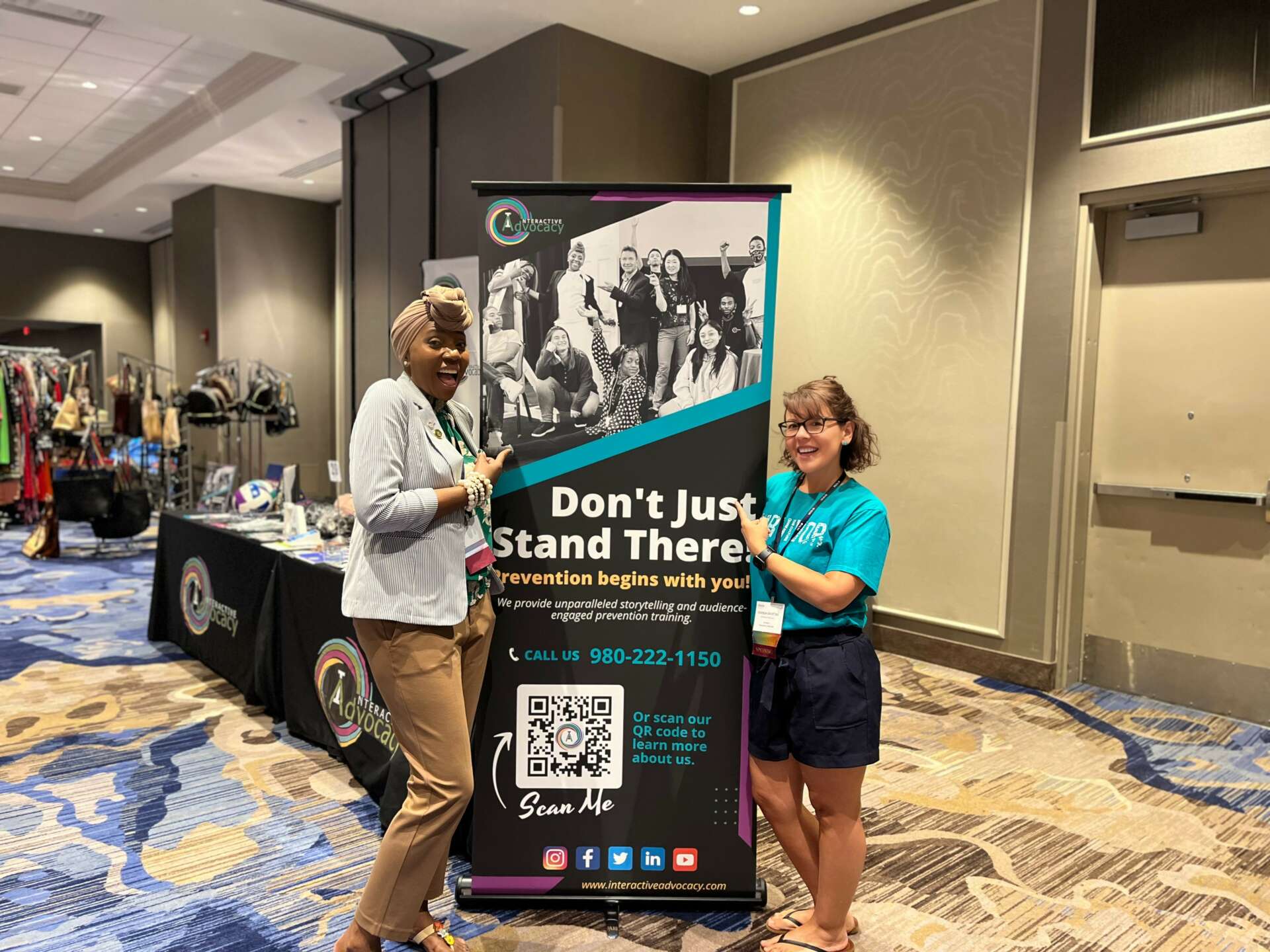Alright – so today we’ve got the honor of introducing you to Tanya Jones. We think you’ll enjoy our conversation, we’ve shared it below.
Tanya, looking forward to hearing all of your stories today. When did you first know you wanted to pursue a creative/artistic path professionally?
That’s indeed a challenging question because, for the majority of my life, I never saw myself as a creative or an artist. The concept of being an artist seemed reserved for those with exceptional talents showcased in museums or on grand stages – an exclusive club to which I believed I didn’t belong. Little did I realize that my creative journey had quietly woven itself into the fabric of my existence.
As a young person grappling with childhood pain, my creative outlets were not recognized as such at the time. Writing stories became my refuge, a means to escape the harsh realities of my life. As the eldest of six, preparing elaborate meals and crafting delightful cakes stemmed from memories of scarcity, transforming into a way to bring joy to my family. Even the act of writing short stories, which later evolved into plays, was an instinctual response to the need for healing.
For years, I engaged in advocacy work without acknowledging the underlying creativity in my endeavors. It took a moment of revelation when my son, recognizing the artist within me, pointed out that my creativity was a force to be reckoned with. The realization struck when a friend posed a question about the alignment of my current work with my aspirations in advocacy. That question became the catalyst for change, leading to the inception of Interactive Advocacy.
Looking back, the signs were always there; I just hadn’t connected them. Now, I can’t imagine pursuing any other path. My creative journey, which began as a way to transcend pain, has evolved into a professional career in which I use art and storytelling to drive positive change through Interactive Advocacy. It’s a testament to the latent potential within us that often goes unrecognized until we take a moment to reflect and embrace our true selves.
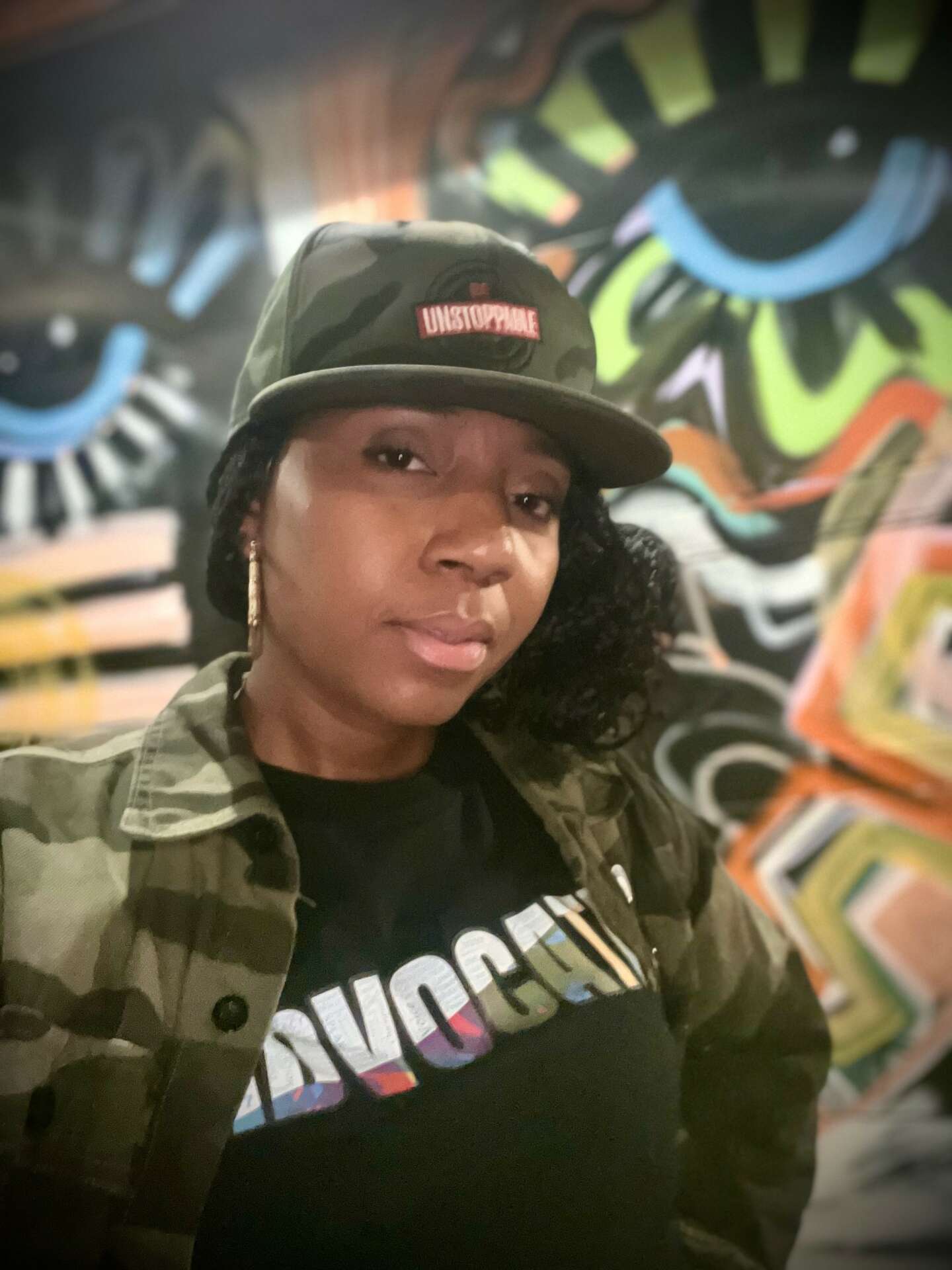
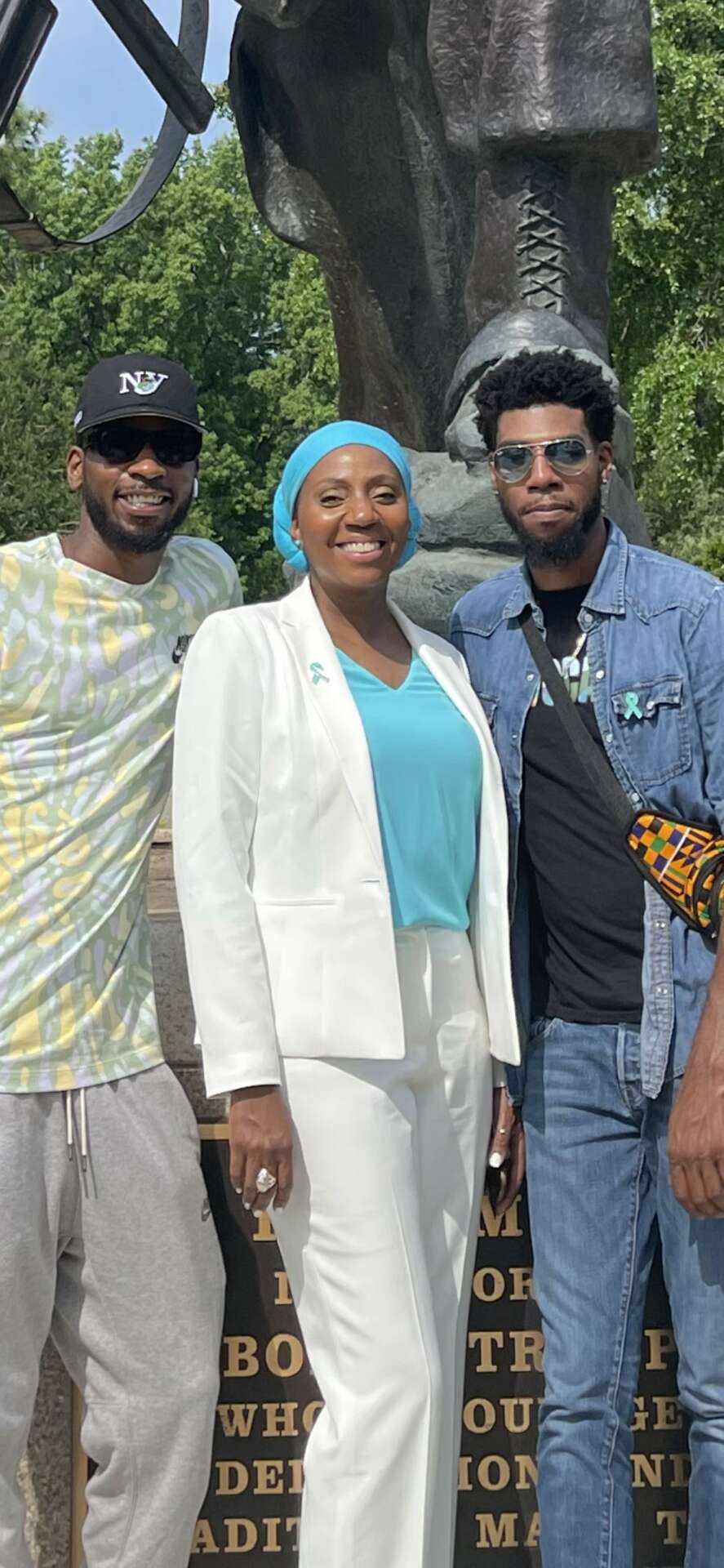

Great, appreciate you sharing that with us. Before we ask you to share more of your insights, can you take a moment to introduce yourself and how you got to where you are today to our readers.
Hello, I’m Tanya Jones, and my journey from trauma to triumph has been a testament to the transformative power of resilience and creativity. As an Army veteran and a retired Department of Defense civilian employee, I’ve spent over two decades honing my skills in violence prevention training within various U.S. Federal Government organizations. My commitment to making a positive impact and my journey to being creatively free has led me to found Interactive Advocacy, where I employ a unique approach to violence prevention through storytelling and audience engagement. My artistic endeavors began as a form of personal healing and have evolved into published works, stage performances, and now film projects, the short PSA “Boundaries: A Dichotomy of Consent.” This short PSA is a culmination of my experiences, a creative expression that delves into the complexities of consent and the importance of establishing healthy boundaries in relationships.
What sets me apart is the seamless integration of my artistic journey and professional expertise. With a track record of training over 50,000 military and civilian personnel, I’ve witnessed the power of storytelling in driving cultural change. “Boundaries” is not just a PSA; it’s a catalyst for conversations on sensitive subjects, challenging societal norms and inviting viewers to reflect on their perceptions of consent.
My mission is clear – to drive cultural change, one community at a time. Through Interactive Advocacy and our immersive performances, I strive to create a safer and more compassionate world by initiating essential dialogues through theater and film. Establishing Interactive Advocacy has been a testament to my dedication to leaving a lasting legacy of positive change.
As a survivor of trauma, I know firsthand the depths of isolation and the healing power of creativity. I hope that my personal and professional story serves as a beacon of hope for those facing challenges. I’m proud of my work’s impact on others, and I invite potential clients, followers, and fans to join me in this journey of transformation and cultural change. Through art and advocacy, we can create a world that values consent, respect, and compassion.
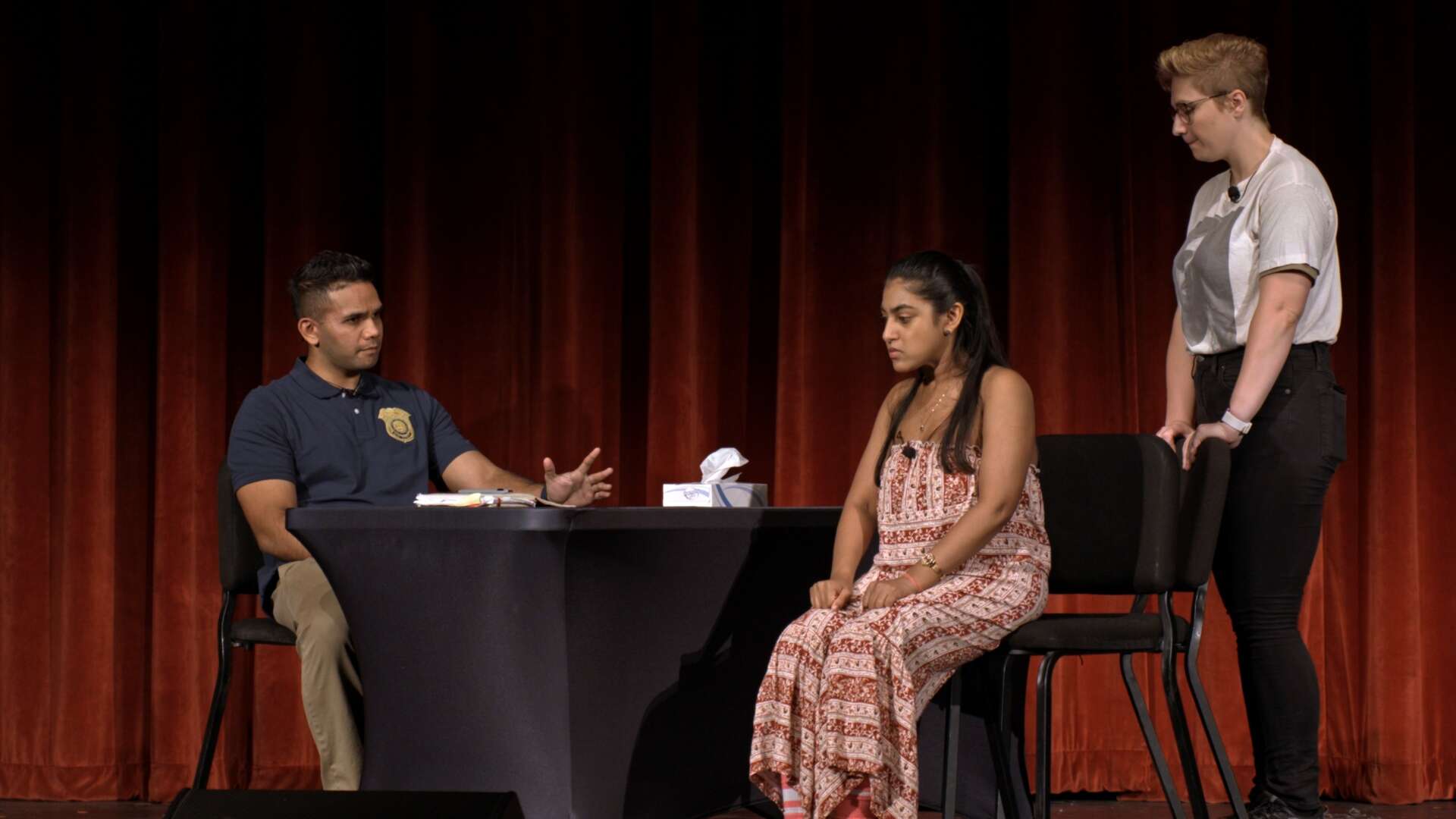
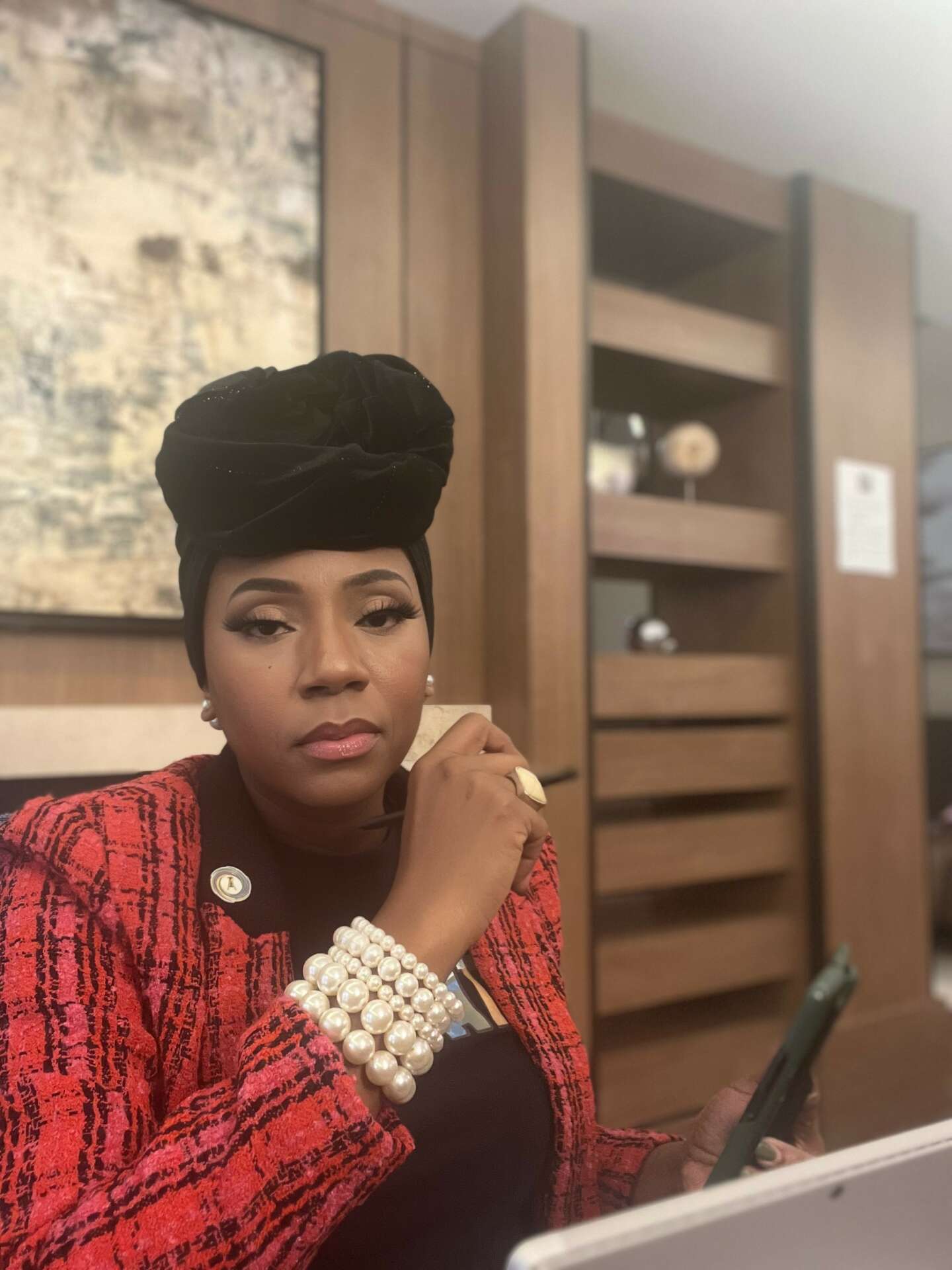
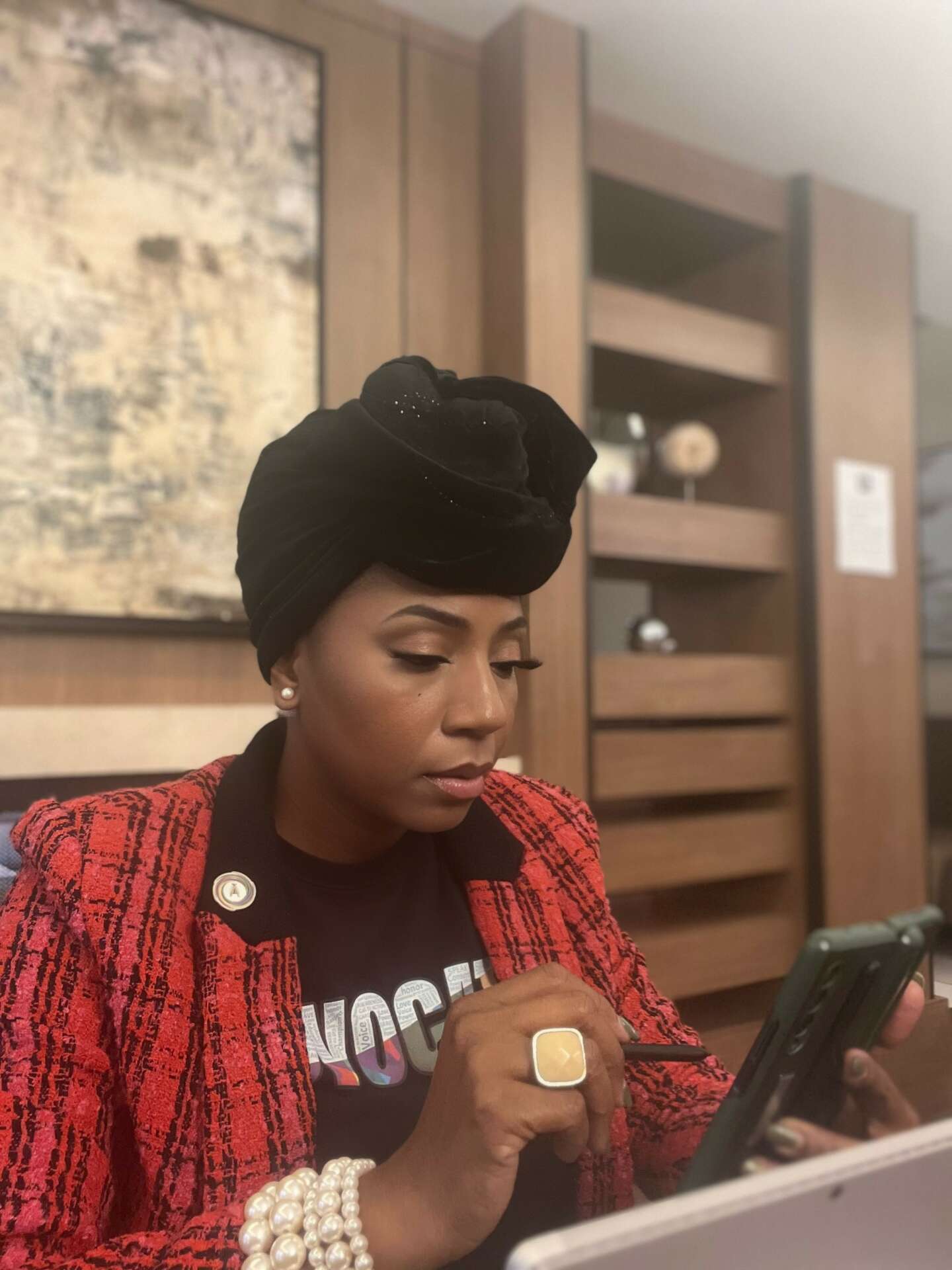
We’d love to hear a story of resilience from your journey.
When I decided to write “NO WORDS™,” the first play that delves into the aftermath of sexual assault, I embarked on a deeply personal journey of resilience. Unbeknownst to many, this play was my own story, a narrative of survival and strength in the face of trauma. As I put pen to paper, I made a conscious decision to no longer allow the shadows of my past to define me refusing to allow the pain that infected me to continue to affect it was time to share my story. Watching the play come to life on stage was a profound and emotional experience. The 45-minute performance was an immersive exploration of the aftermath of sexual assault, delving into the roles of the survivor, the perpetrator, friends, and responsive bystanders. Through the most unlikely understanding of perpetrators, the audience was transported into the shoes of the characters, experiencing the raw emotions and complexities of such a devastating event.
For me, seeing my personal story unfold on stage was initially overwhelming. The actors approached the material with care and compassion, bringing the narrative to life in a way that was both authentic and emotionally charged. It was a moment of vulnerability, and I wasn’t sure if I would make it through. But I did, and in doing so, I realized the power of storytelling as a form of healing.
The objective of “NO WORDS™” extended beyond the stage. This live performance served as a tool for primary sexual assault prevention training, addressing crucial topics such as consent, reporting options, the impact of responsive bystander intervention, and the awareness of drug and alcohol abuse. The play aimed to provide organic feedback and responses, fostering a culture that creates change.
I’ve been humbled by the impact “NO WORDS™” has had on both myself and the audience. After each performance, audience members stayed behind to share their experiences and express gratitude. Many thanked me for sharing my story, acknowledging the courage it took to speak out. More importantly, they felt empowered to share their own stories, breaking the silence surrounding sexual assault.
In writing and witnessing the performance of “NO WORDS™,” I found a cathartic release and a source of strength. It’s not just my story anymore; it’s a catalyst for healing and empowerment for those who have experienced similar traumas. This play is a testament to the resilience that can emerge from the darkest moments, and I’m honored to be part of a journey that fosters understanding, empathy, and cultural change.
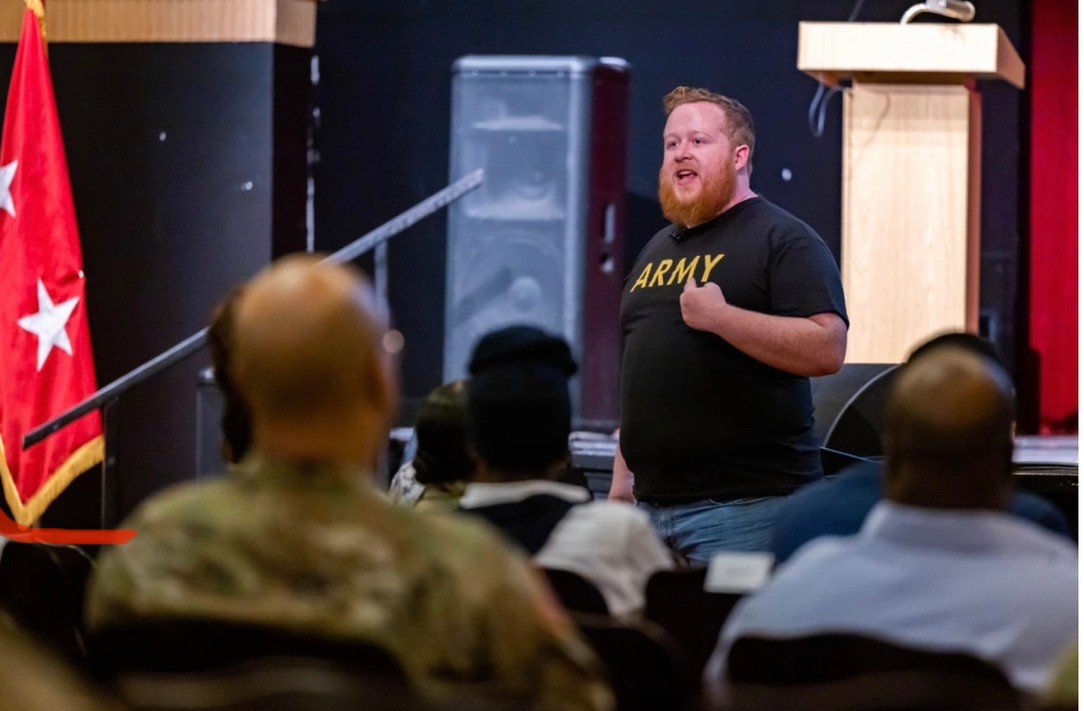
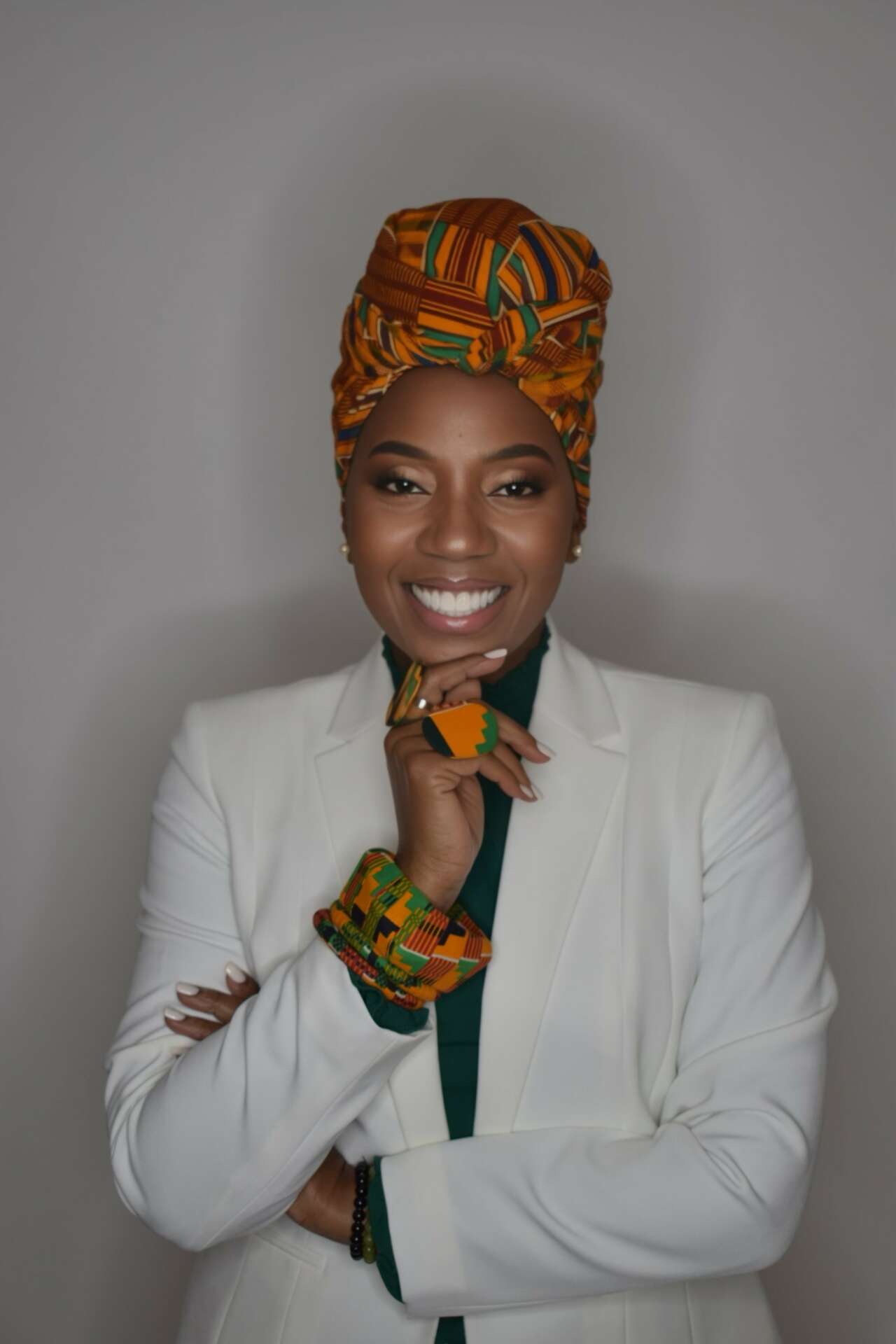
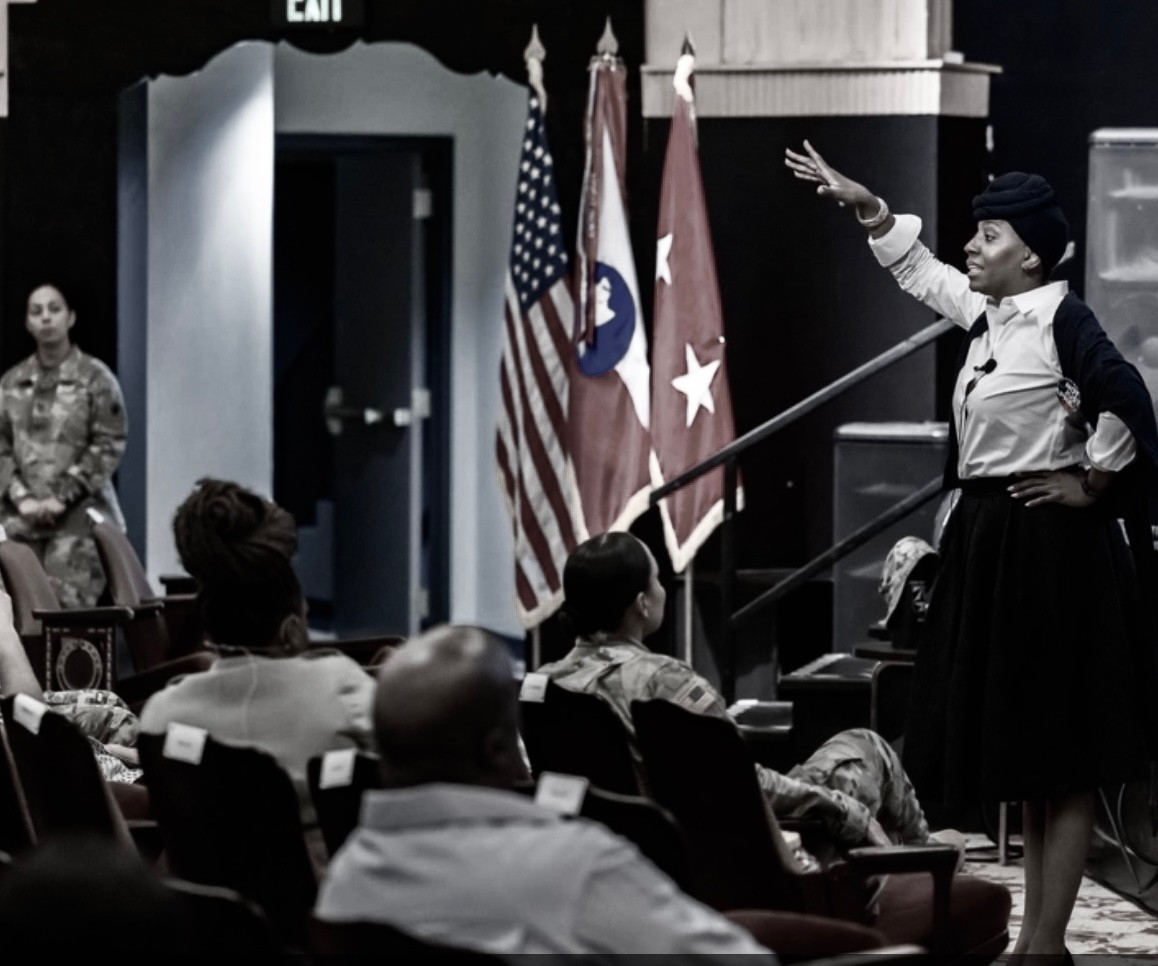

What’s the most rewarding aspect of being a creative in your experience?
My professional journey, like many others, began with personal trauma, but it certainly didn’t end there. My trauma led me to a profound realization about the healing power of creation. When faced with the isolating aftermath of trauma, I discovered that words alone couldn’t fully capture the depth of my emotions. It was in the act of creating art that I found a tangible form of healing. Whether through writing, poetry, performance art, painting, dance, or music, the process of artistic expression became my path forward. This creative outlet not only became a means of personal healing but also a way to connect with others who may have experienced similar pain.
Art, for me, is a profoundly human practice that goes beyond the limitations of language. It opens channels to explore and communicate emotions that may be difficult to express verbally. I believe that trauma can be a catalyst for creative expression, and the resulting art can be a powerful tool for both personal and collective healing.
In my own life, I refuse to let my trauma define me. I am more than the sum of my past experiences. I am a thriving survivor, an author, an advocate, a speaker, a veteran, a writer, and a mom. I find joy in writing poetry, crafting short stories and scripts, creating training tools, baking, and indulging in the occasional cupcake. Today, my trauma is just a small part of a much larger and more vibrant story.
The most rewarding aspect of being an artist and creative, for me, is the ability to transform pain into something beautiful and meaningful. It’s the opportunity to share my journey and, in doing so, inspire others to embrace their creativity as a powerful tool for healing and growth. Art has the remarkable ability to bridge gaps, foster connection, and serve as a source of strength for both the creator and the audience.
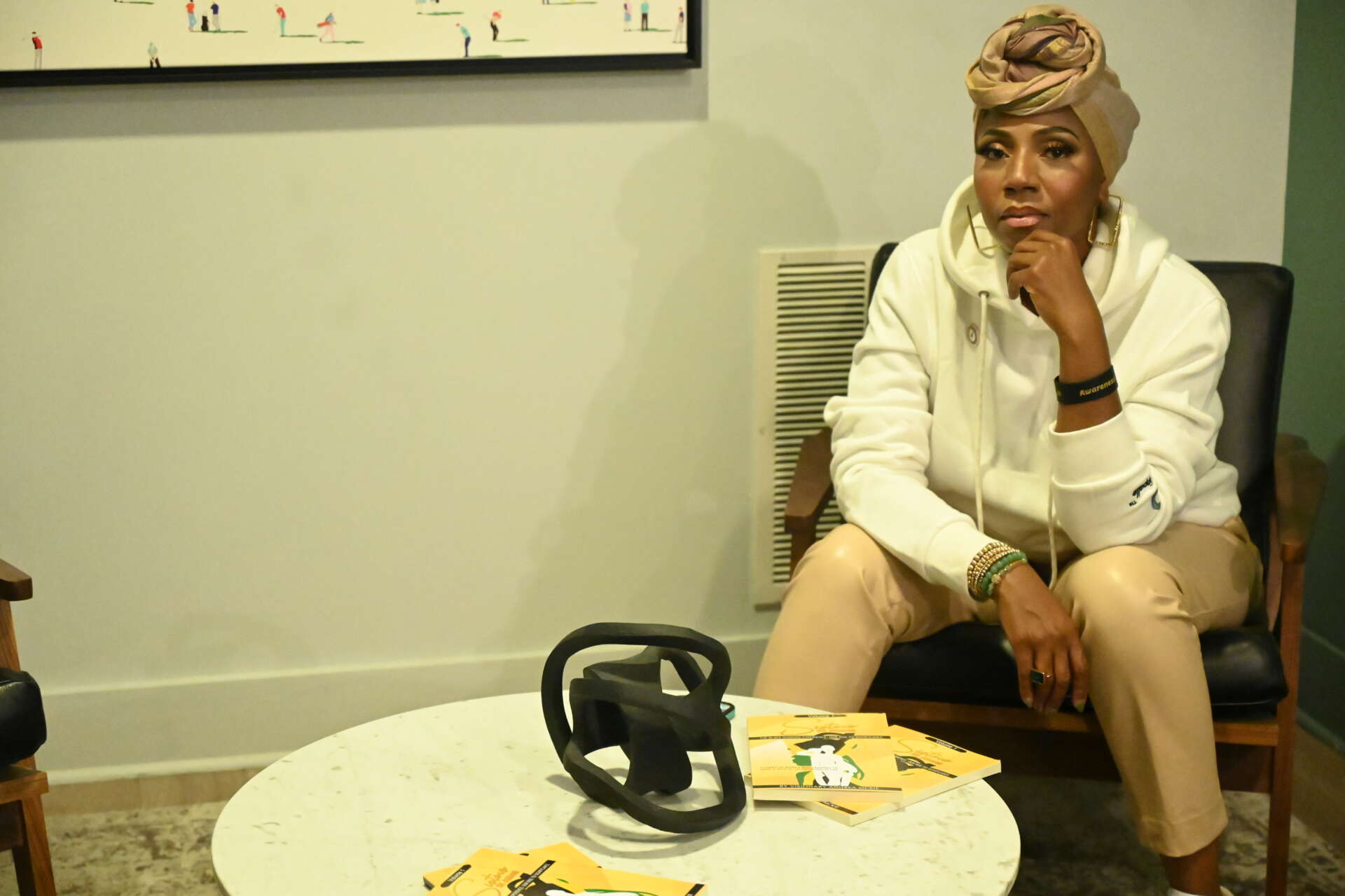
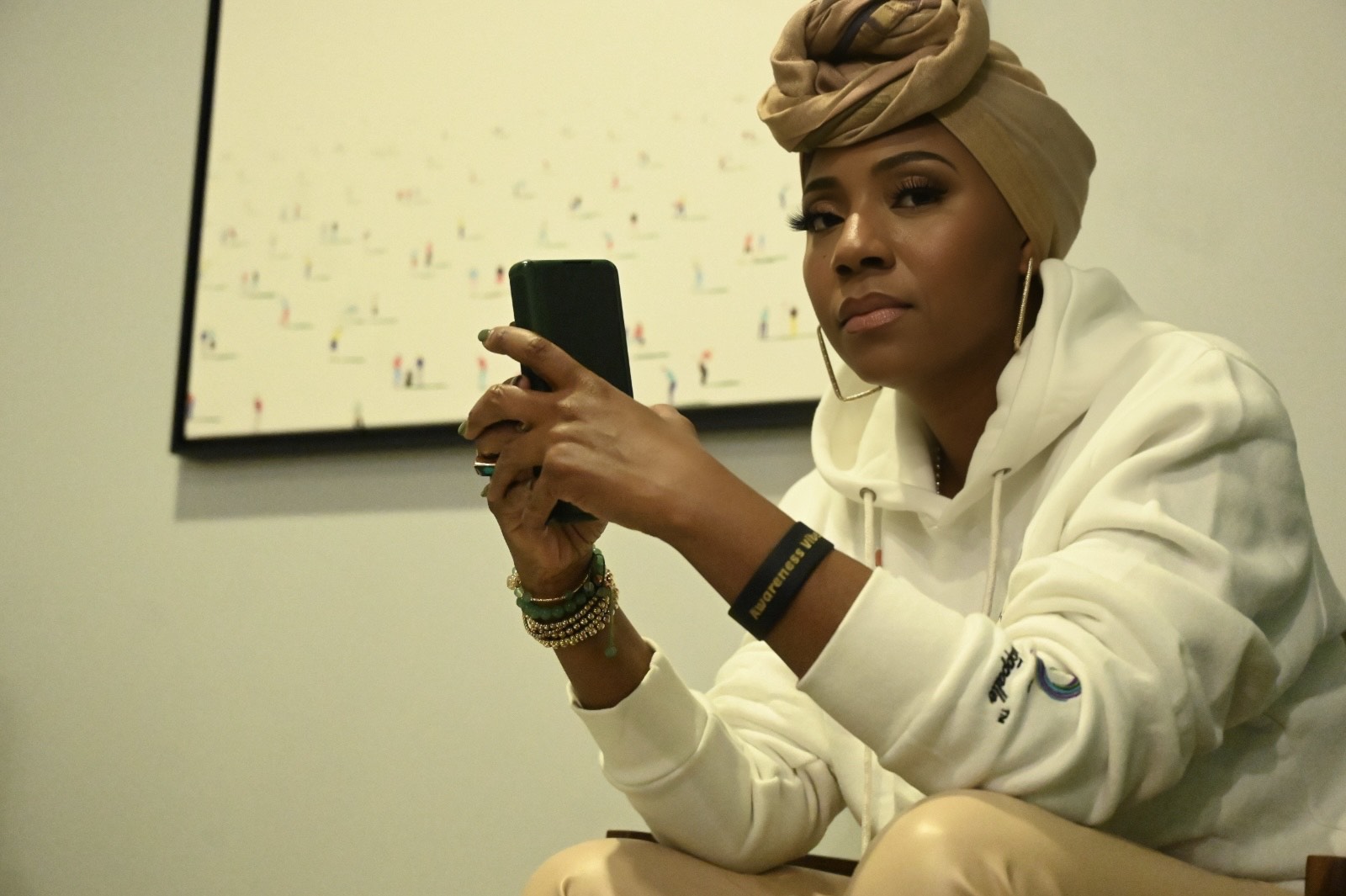

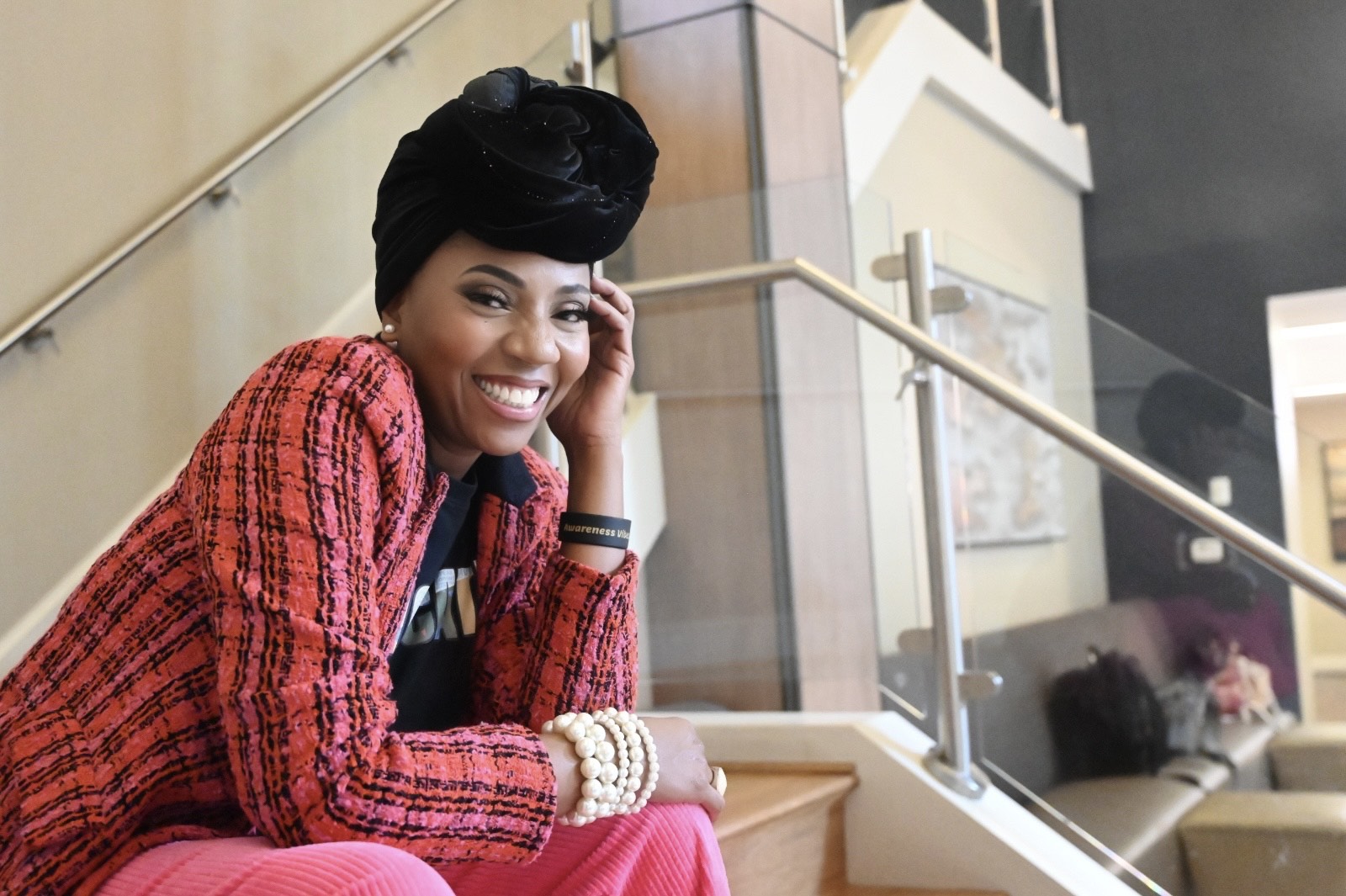

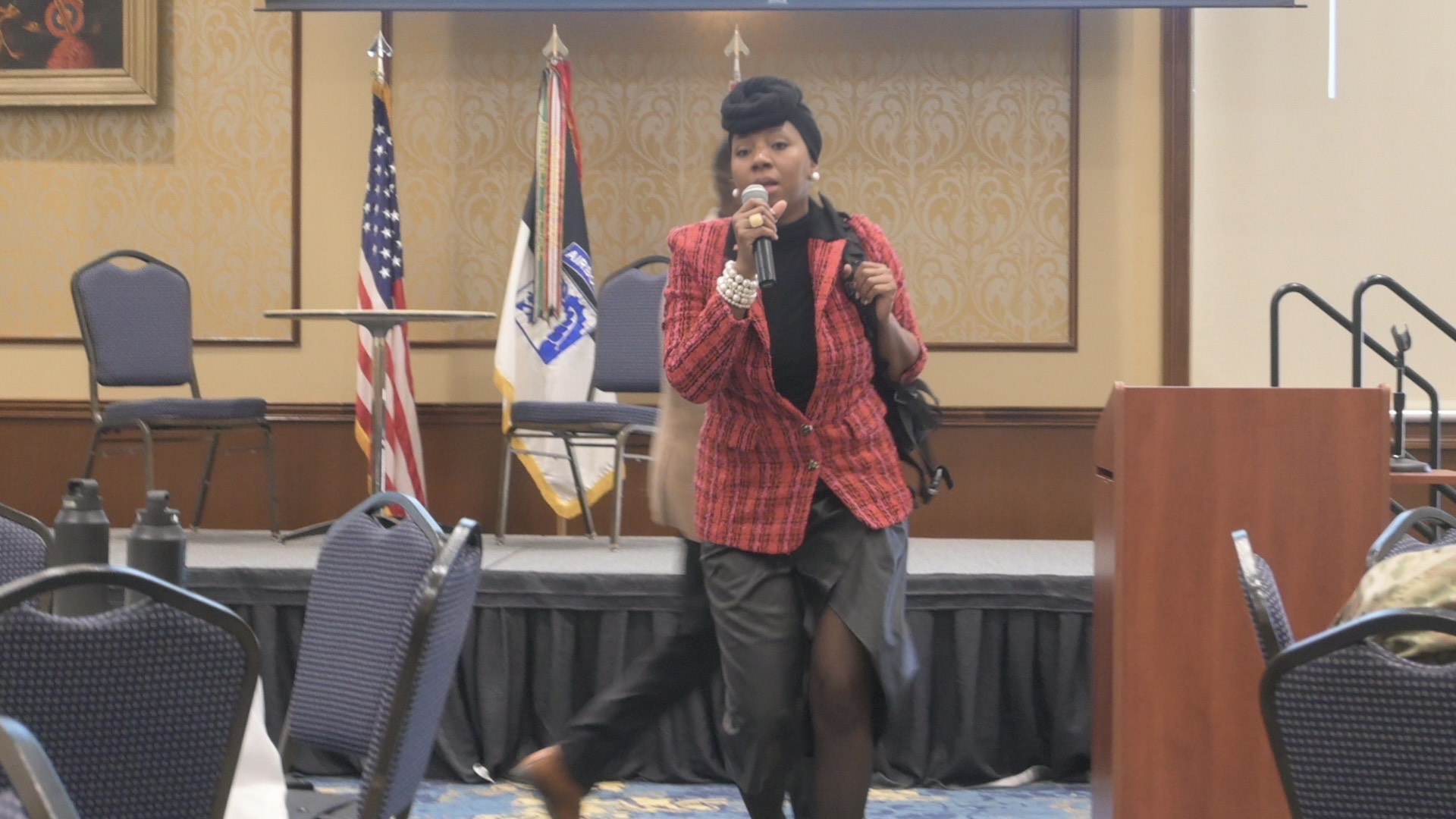
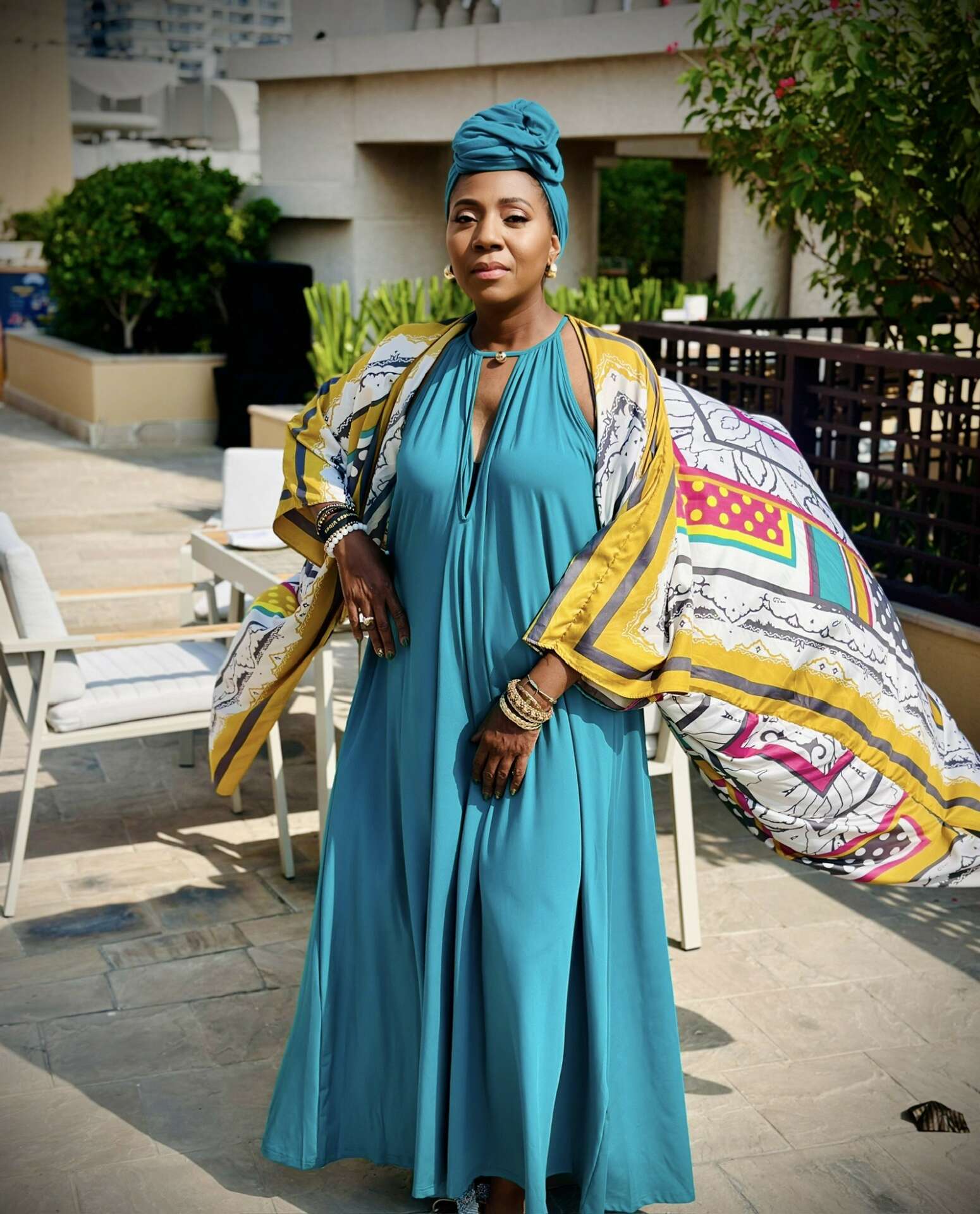
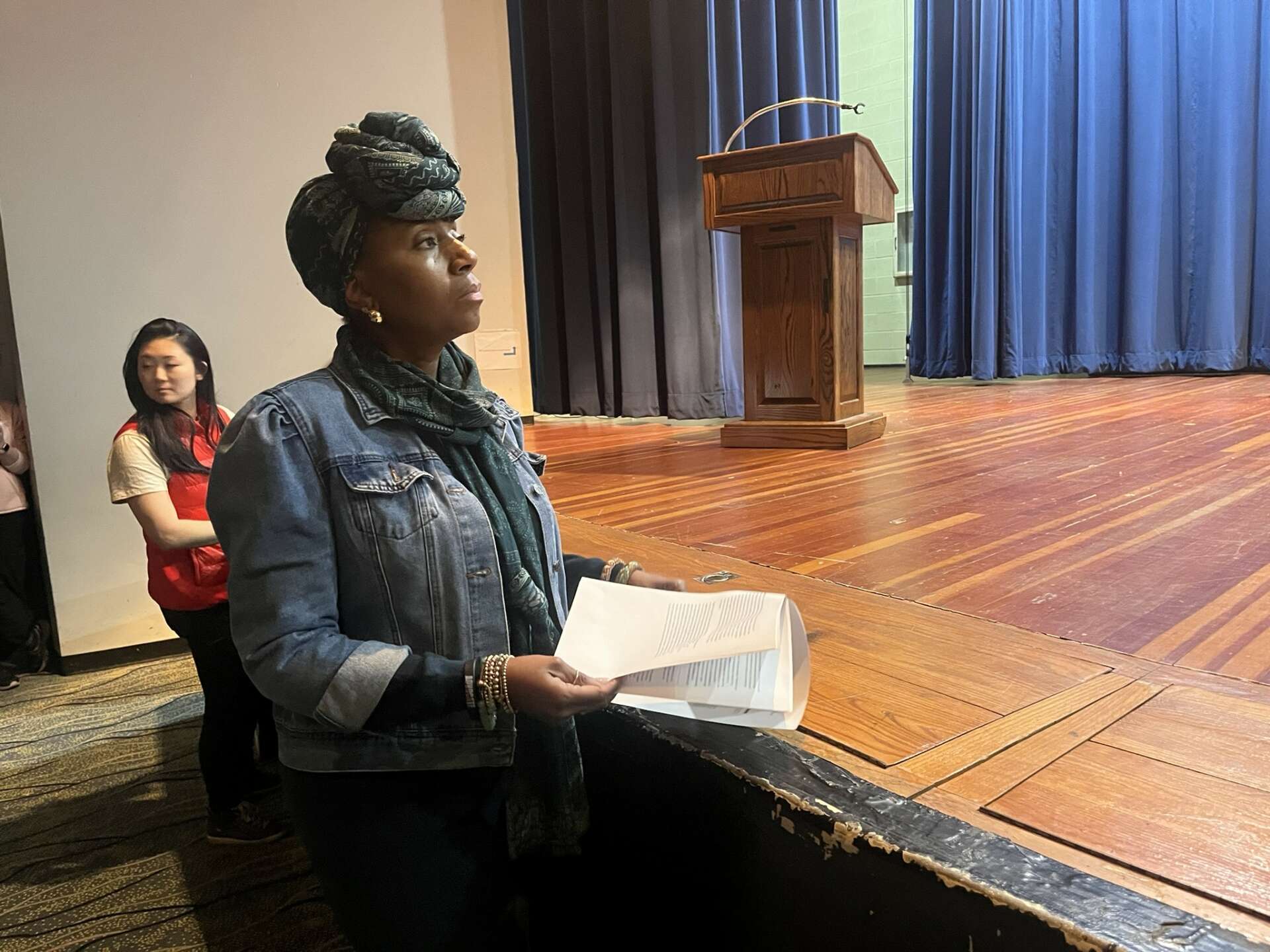
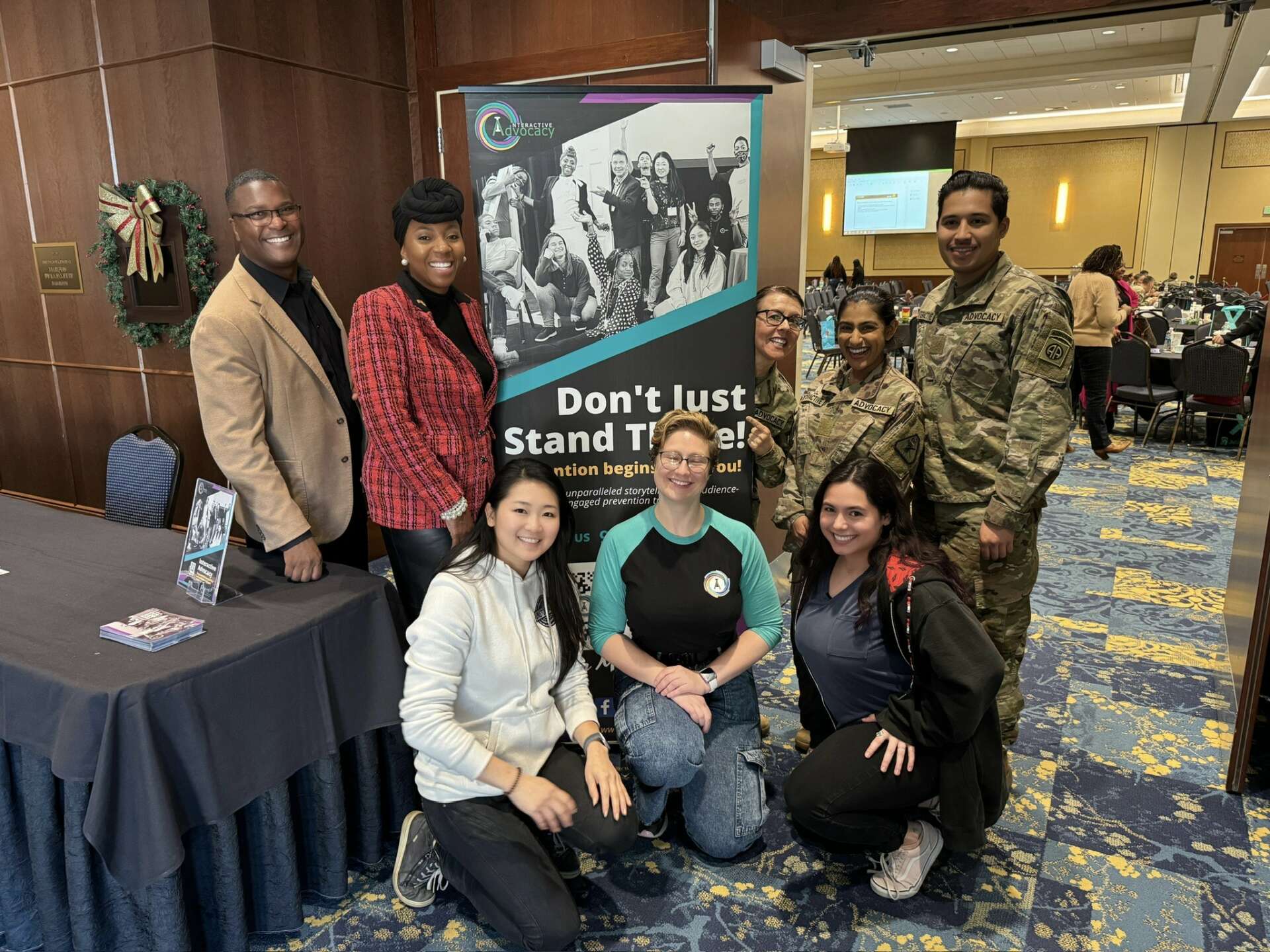
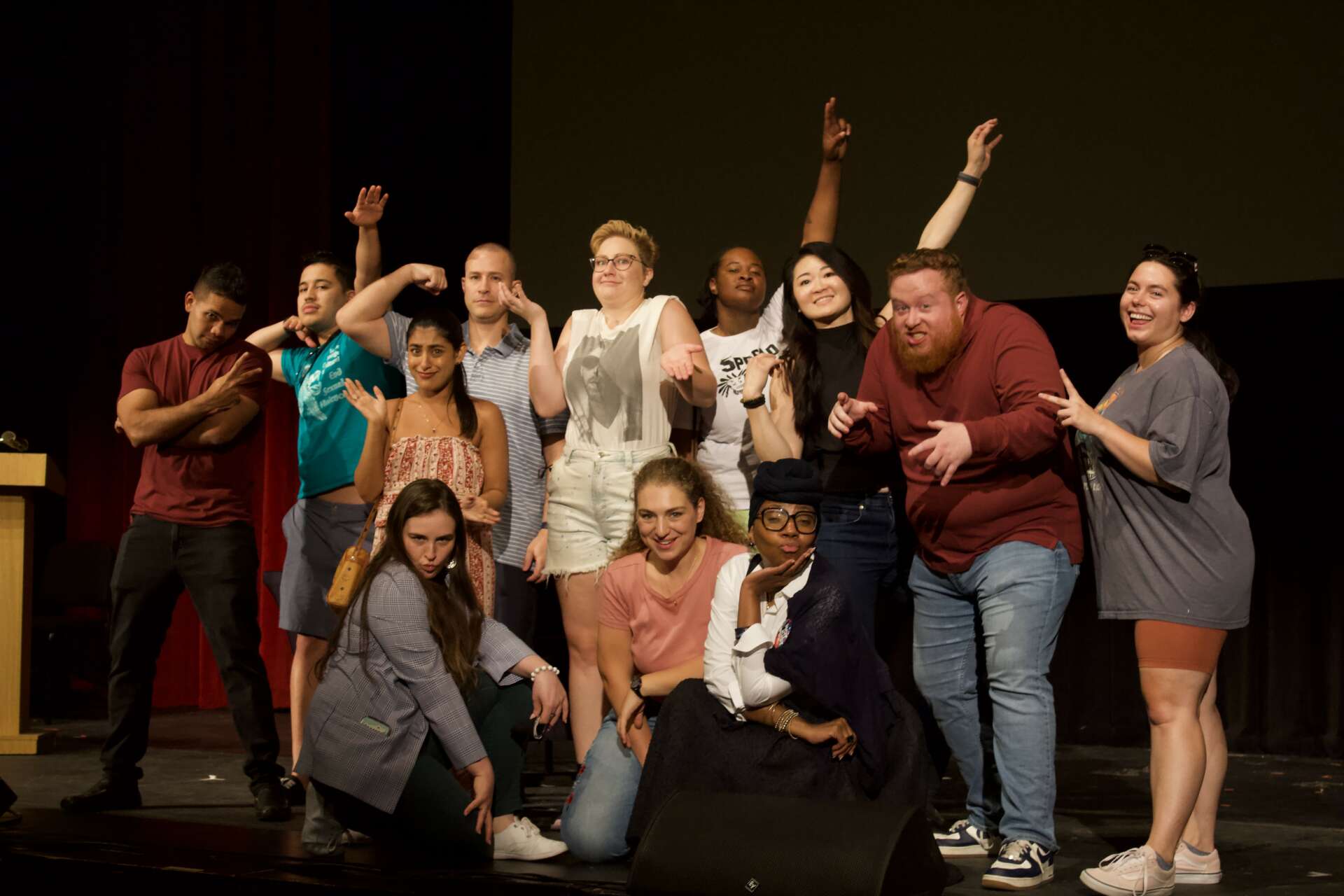
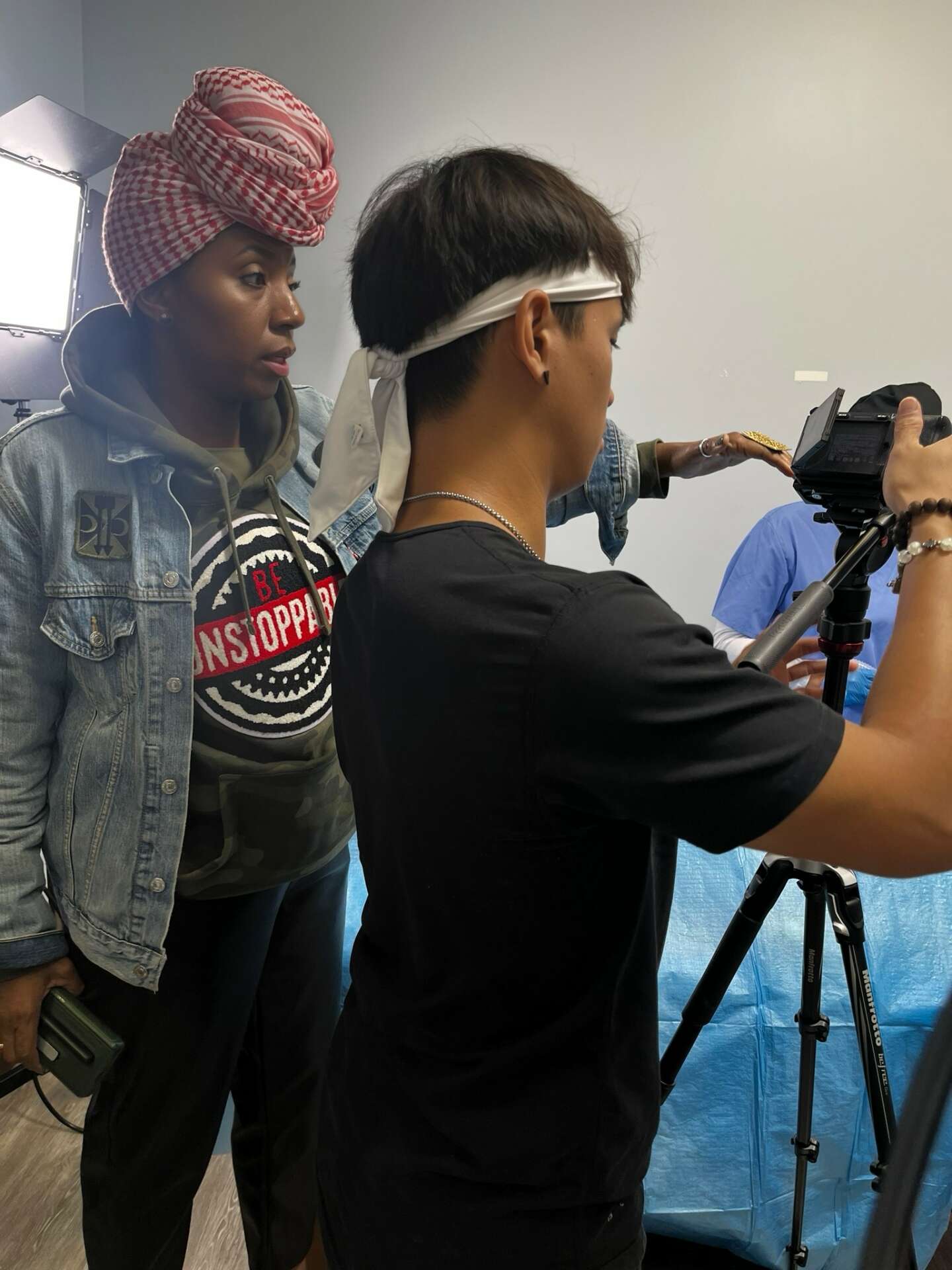
Contact Info:
- Website: www.interactiveadvocacy.com
- Instagram: @interactieadvocacy.com and @JustmeTanyaJones
- Facebook: www.facebook.com/InteractiveAdvocacy or
- Linkedin: https://www.linkedin.com/in/tanyajonesia/ and /www.linkedin.com/company/interactiveadvocacy
- Twitter: @IA_Advocacy
- Youtube: Interactive Advocacy
Image Credits
Photo Property of Interactive Advocacy Image of Tanya Jones Founder and CEO of Interactive Advocacy and Chanda Devetas, Actor/Edutainer at Interactive Advocacy


